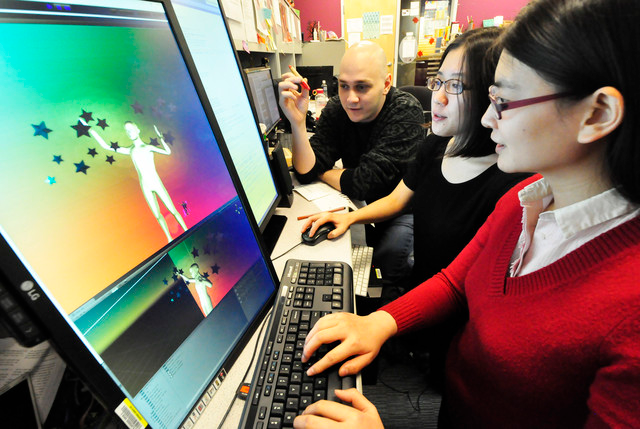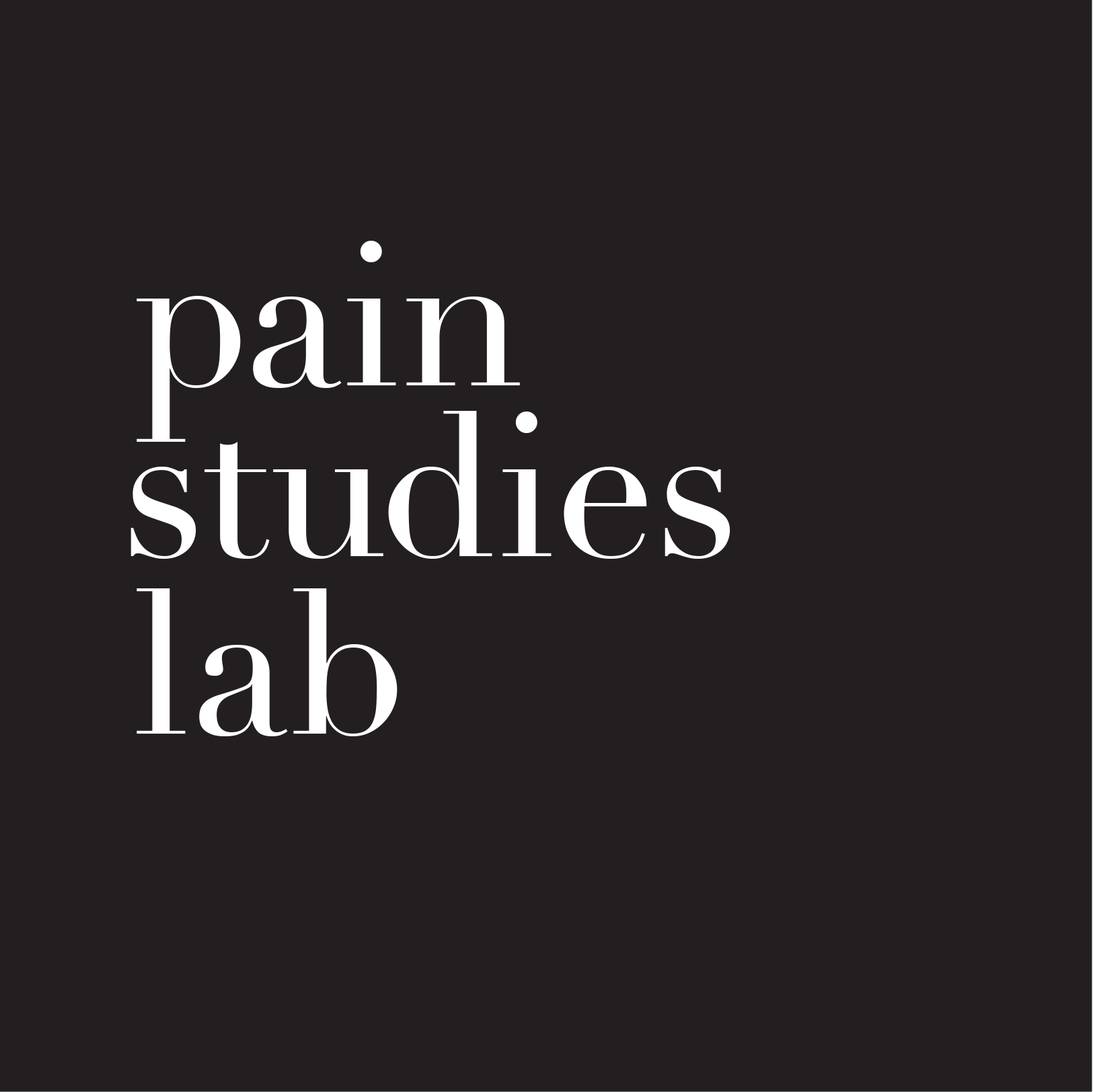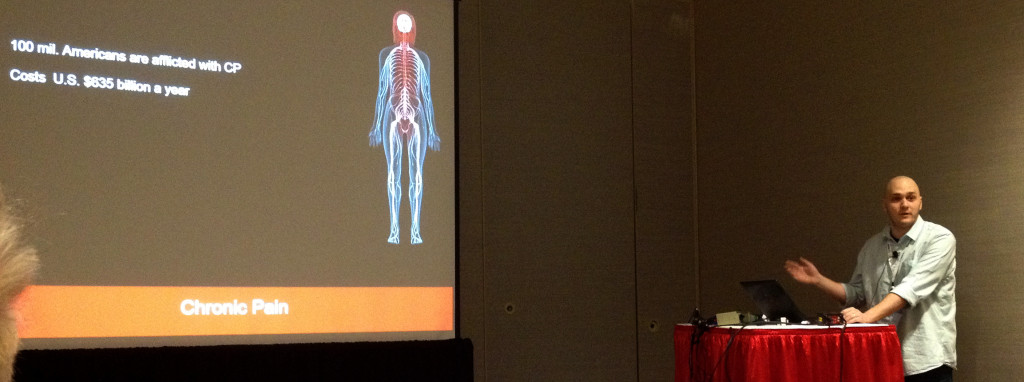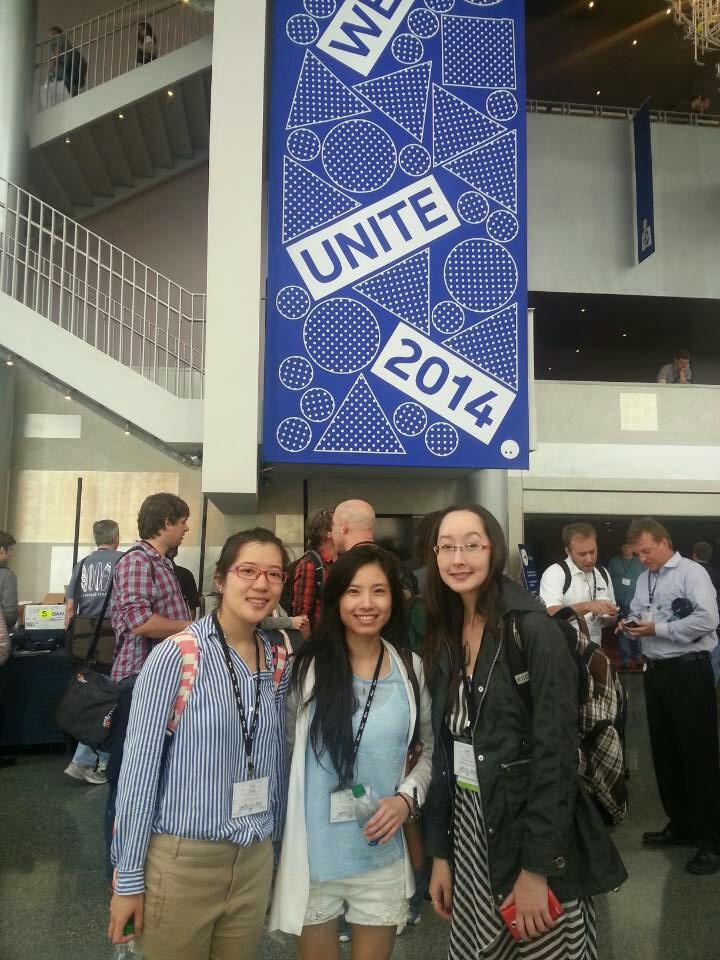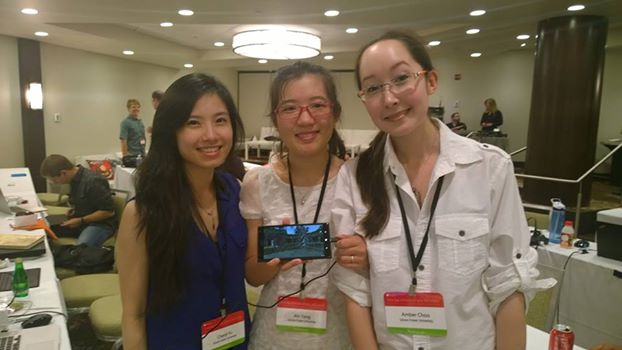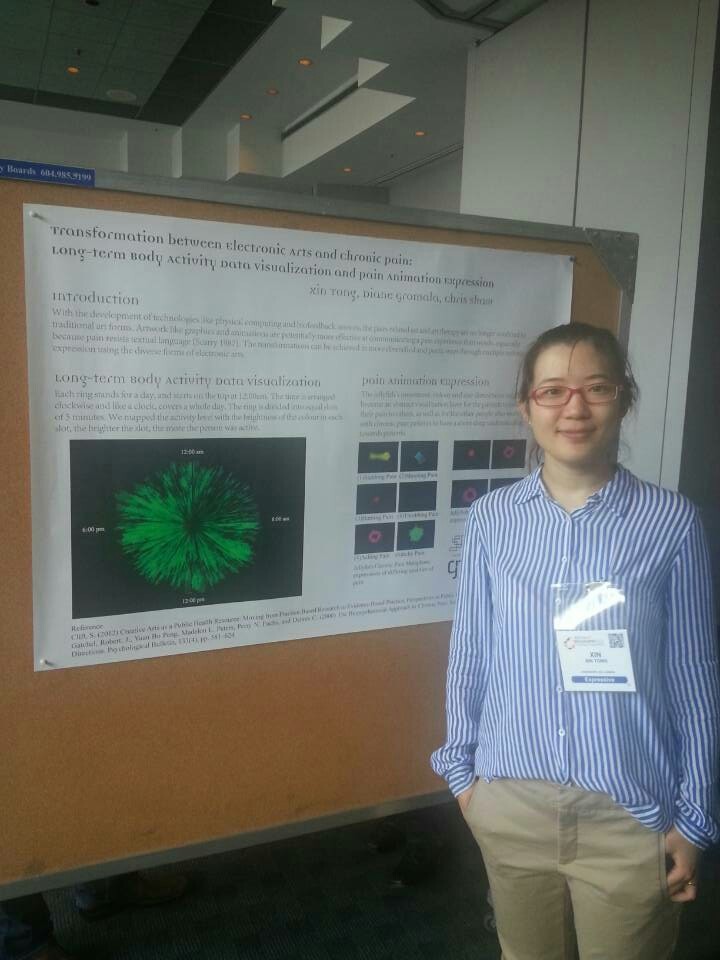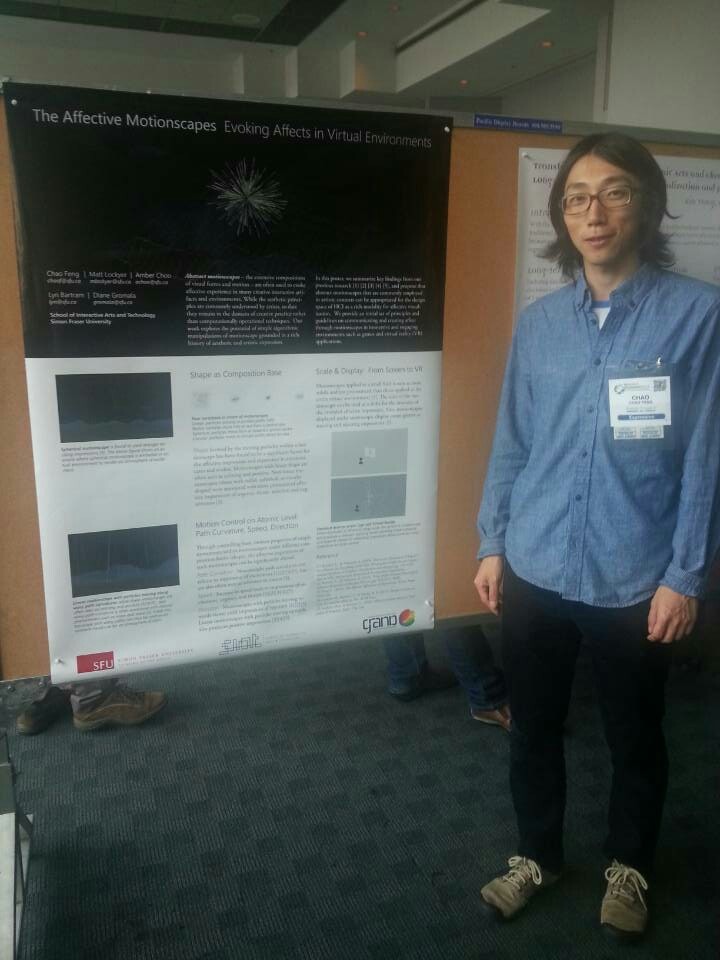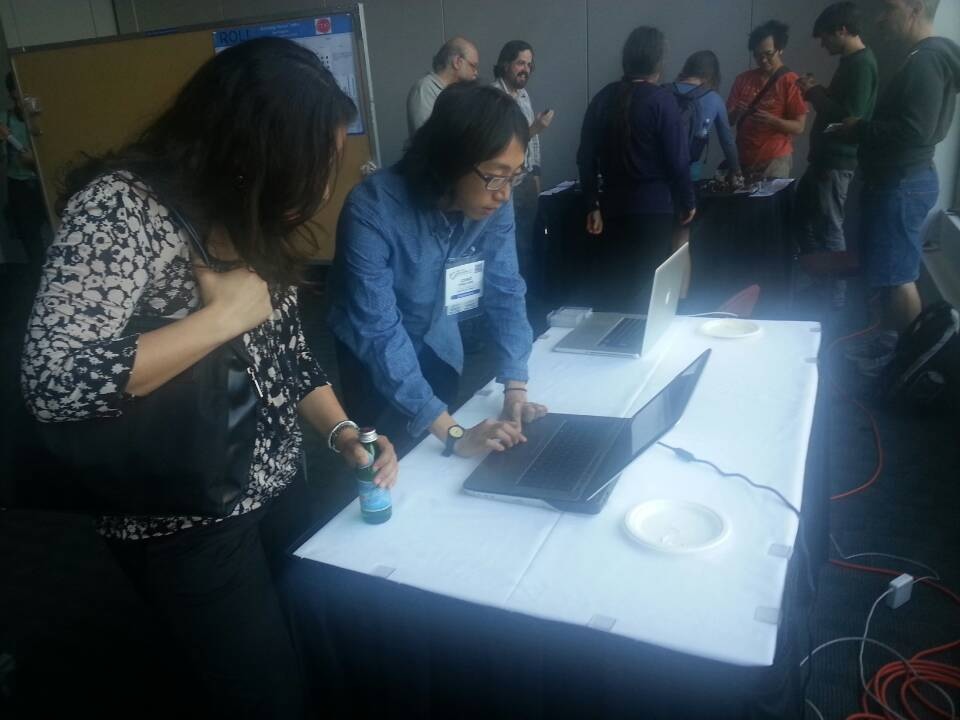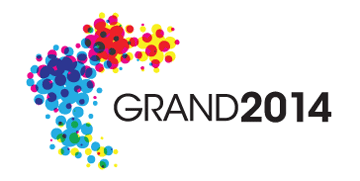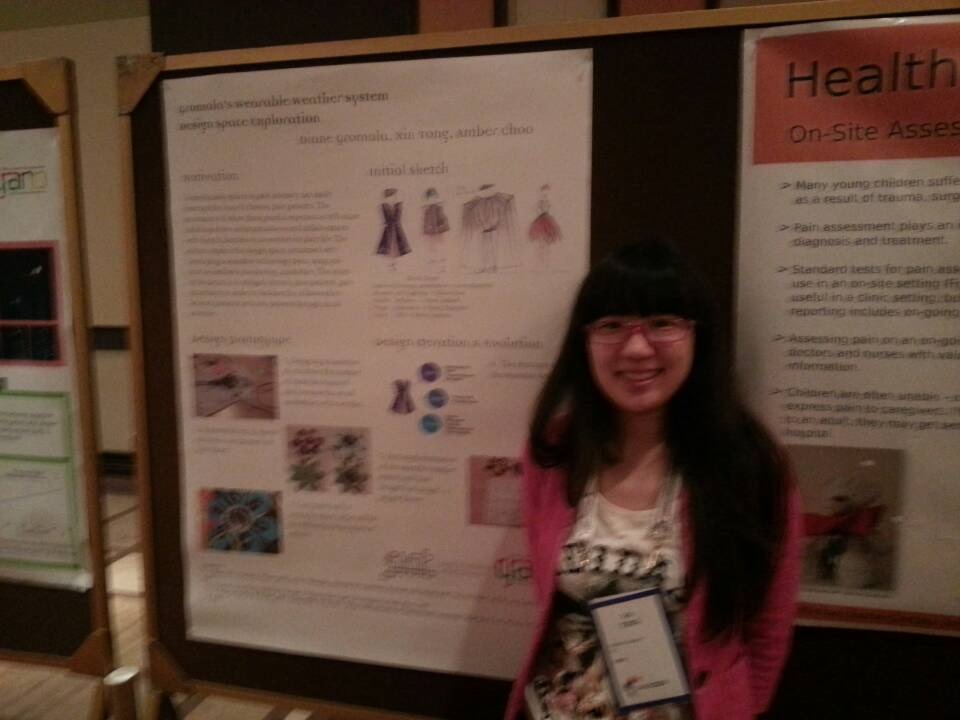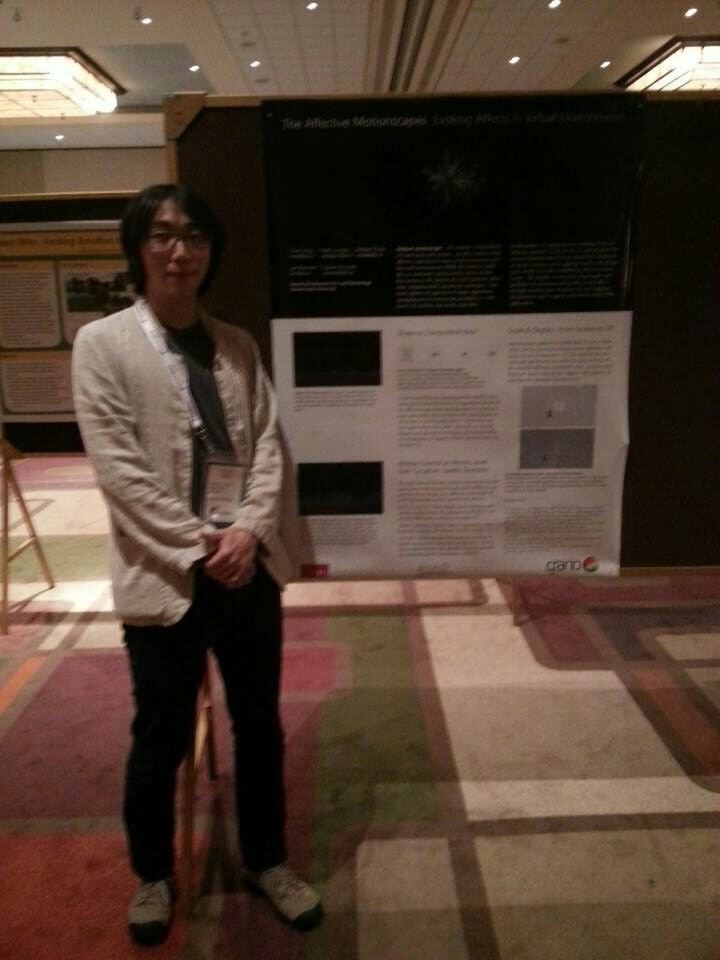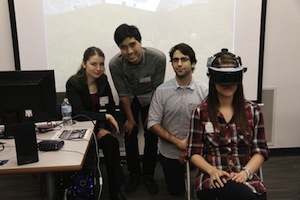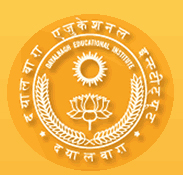The 20th annual international conference Toward a Science of Consciousness will take place March 3-9, 2013 at the Dayalbagh Educational Institute (DEI) in Agra, India, home of the famed Taj Mahal. DEI is a high-level educational system, part of a spiritual community and farm housing 4000 people on an idyllic 1300 acres on the Yamuna River within the city of Agra. DEI research includes neuroscience, cognitive science, medicine, philosophy, nanoscience, quantum physics and consciousness. DEIs Dr. Vishal Sahni, author of many papers and several books on quantum computing, is the primary conference organizer.
Toward a Science of Consciousness is an international interdisciplinary conference entailing rigorous approaches to the understanding of conscious awareness, and our place in the universe. Since 1994, TSC conferences have been held in even-numbered years in Tucson, Arizona, sponsored and organized by the Center for Consciousness Studies at the University of Arizona. In odd-numbered years TSC conferences have been held at various locations around the world (1995 Naples, Italy; 1997 Elsinore, Denmark; 1999 Tokyo, Japan; 2001, Skovde, Sweden; 2003 Prague, Czech Republic; 2005 Copenhagen, Denmark; 2007 Budapest, Hungary; 2009 Hong Kong, China; 2011 Stockholm, Sweden. for more information please visit this link
